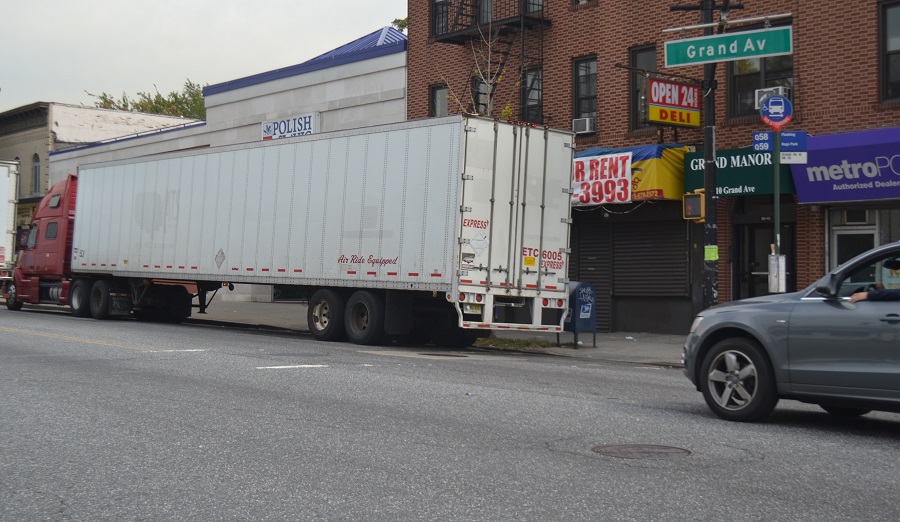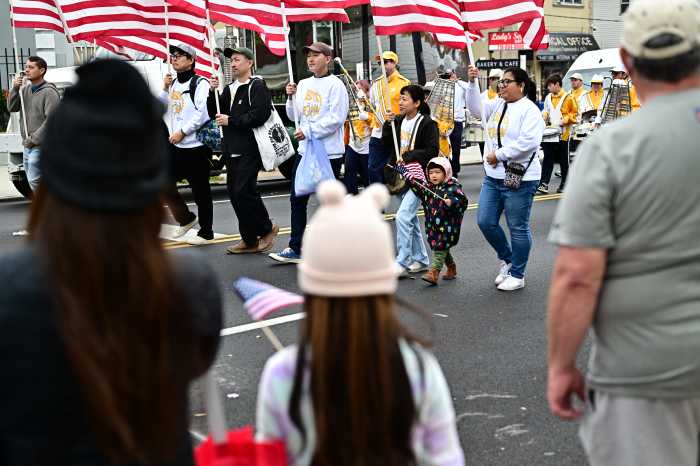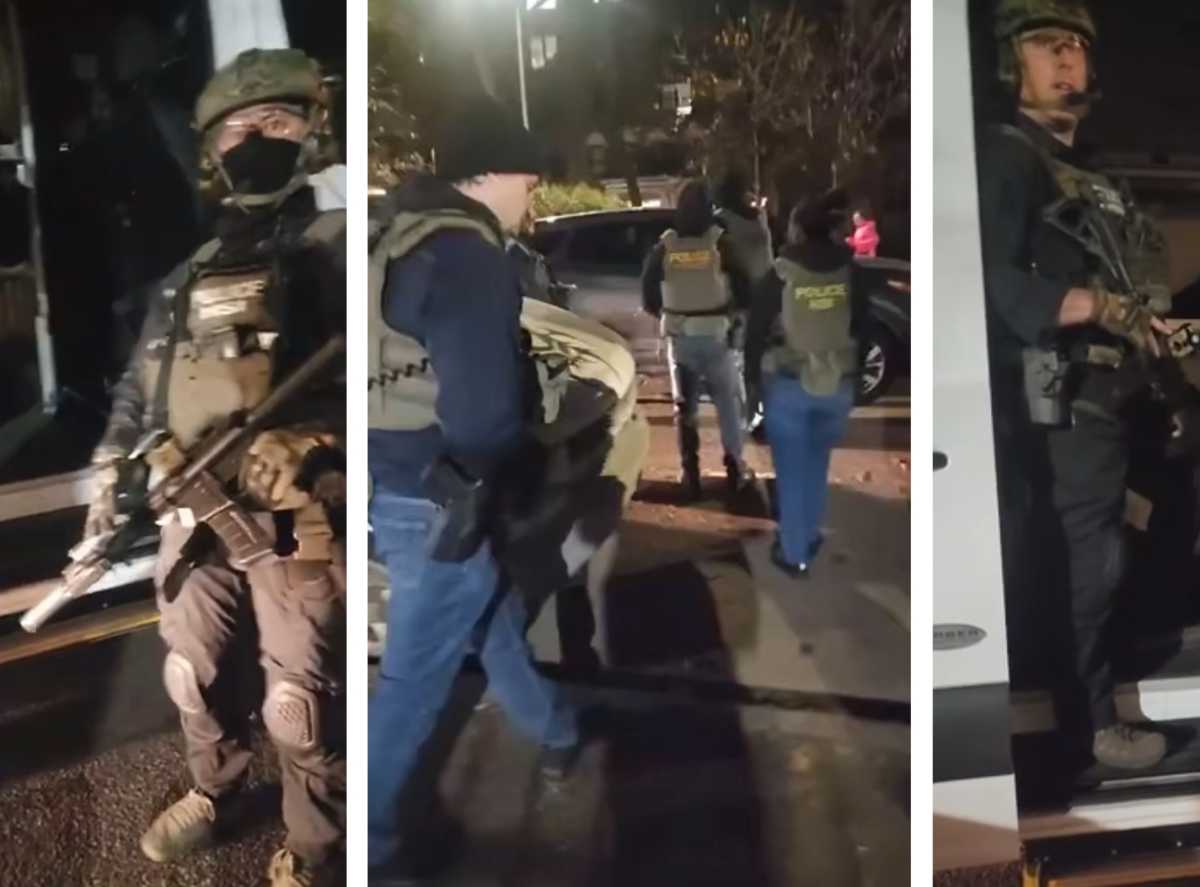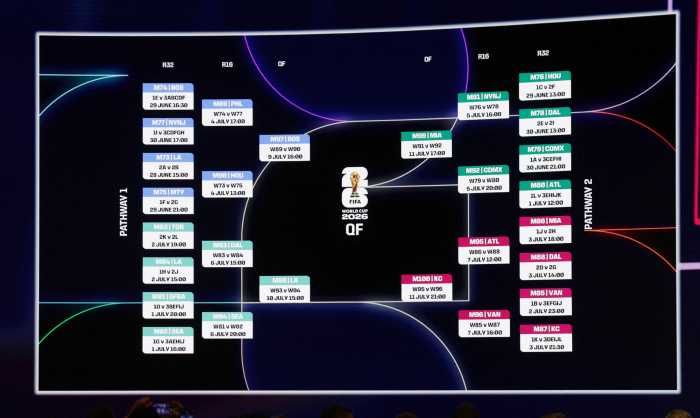Sometimes they come back.
More big rigs are using two of Maspeth’s main roadways despite being directed to use the “Maspeth Bypass” through the neighborhood’s industrial area. Now the city’s looking at additional ways to keep trucks on the right track.
The Department of Transportation (DOT) is ready to launch the seventh phase of its Maspeth Bypass Project, which will help divert more trucks off of Grand and Flushing avenues onto the less-crowded Maurice Avenue. Details were announced at the Community Board 5 (CB 5) Transportation and Public Transit Committees joint meeting on Tuesday night in Ridgewood.
Grand Avenue and Flushing Avenue in Maspeth are often congested with an overflow of trucks coming off of the Long Island Expressway, trying to make their way to Metropolitan Avenue, making it difficult for commuters to get around.
In 2012, the DOT implemented a bypass route for trucks down Maspeth Avenue, Maurice Avenue and 58th Street to allow for safer movement of truck traffic. The DOT subsequently removed Grand and Flushing avenues in Maspeth from the truck route network. The agency also installed signage alerting truck drivers to use the bypass rather than Grand and Flushing avenues.
Even so, trucks remain a presence on both roadways.
“In 2015 … overall there is a 12 percent increase in overall traffic in general on Grand Avenue, and overall, the number of trucks have reduced by 20 percent, and 18 percent [on Flushing Avenue],” said Luigi Castelli, consultant for DOT. “However, there has been a slight increase in tractor trailer traffic on Grand Avenue [between 2013 and 2015]. It’s happening, it’s there and we observed it and this is one of the things we want to address is the noncompliance along this corridor.”
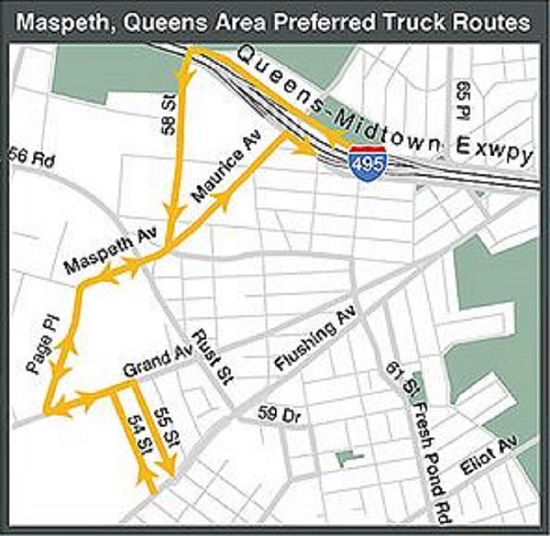
The DOT has three types of solutions for the noncompliance; short-term, mid-term and long-term solutions.
Short-term solutions include placing additional signage to better alert drivers of the bypass, as well as communications outreach to truckers and companies. Mid-term solutions would use electronic Viral Messaging Signs (VMS) set up before the bypass to tell truckers to take the bypass. Long-term solutions would include placing a permanent inspection station by the Rust Street/Flushing Avenue intersection, or infrastructure improvements along Grand Avenue and Flushing Avenue to make the routes more pedestrian-friendly.
“This project is more of a planning study, where we are looking at the zoomed out view of the entire bypass to figure out how we can move ahead in the future,” said Michael Klatsky, project manager with DOT. “This project is intended to guide future investments, and not necessarily come up with something concrete.”
Some of the reasons trucks are still traveling along Flushing and Grand avenues could be because they do not know of the bypass, or they feel that the bypass is a longer route.
Jean Tanler, Maspeth Industrial Business Association Coordinator, had another reason as to why truck drivers do not take the bypass.
“The railroad crossing on Maspeth Avenue needs to be repaired and companies are actually telling their drivers not to use Maspeth and Maurice to get into the industrial area because it’s damaging their trucks,” Tanler said.
DOT is now looking for feedback from the community board to help them inform the next stage of their study, before any implementation takes place.

